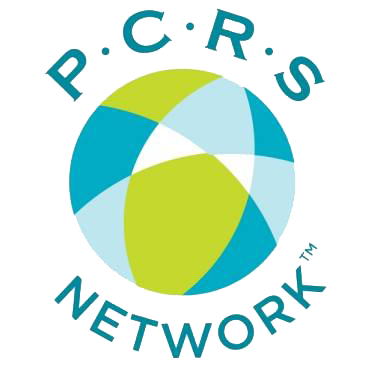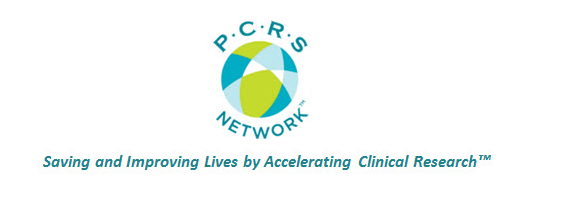Originally published on May 5, 2016. Updated on November 15, 2016 to include details behind the prediction.
You can almost smell it; Change is coming to the Clinical Research enterprise!
At the ACRP 2016 Meeting & Expo in Atlanta in April 2016, John Neal, CEO of PCRS Network, presented his predictions of the “Future of Clinical Research” during the ACRP Executive Summit on Site
Strategies. Some of his predictions came as a surprise to many in the audience.
The video below is a brief summary of the article.

John based his predictions on information he gathered during numerous interviews with leaders in the industry, as well as through in depth research into the topic over several months. Of course, not everyone agreed on every point, but he discovered many common themes, shared views, and information pointing to significant trends.
To understand what changes are likely to occur, it was necessary to delve into what factors are converging that are likely to drive the changes. The primary drivers he discovered include:
- Pushback from payers – The cost of drugs continues to increase, without commensurate improvements in outcomes
- From protocol design, to selection of sites, the current system is broken and unsustainable – The cost and time to develop new drugs continues to increase at an alarming rate
- Too much non-core data is being collected (Tufts Center, 2012), with the cost burden shouldered by sites – Protocols have become increasingly more complex
- New technologies will facilitate better, lower cost data collection
- Patients are becoming better advocates for themselves – They are demanding better outcomes for their healthcare expenditures.
Based on his research, John made eighteen primary predictions. Because each prediction was based on numerous interviews, significant background data, and other relevant information, we are going to break them down into a series.
John’s first prediction is that, while major change will occur, changes will not happen quickly. However, when changes do occur, they will be disruptive and many people working in the industry will be displaced.
“There are going to be major changes. The system we have right now is not sustainable.”
Janet Woodcock, MD, Director of CDER
Based on his research, John does not believe there are any revolutionary changes in sight in the near term. However, the changes that occur will upset the status quo as Pharma companies search for ways to stretch their R&D dollars. We are already seeing pressure from payers of all sorts (including Medicare, Medicaid, and other public and private insurers) to reduce the cost of the drugs and devices they cover within their plans.
At some point, pressure from payers will begin to reduce pharma top line growth. When that begins to occur, because R&D spending generally trends at approximately 18% of top line revenues, R&D spending growth will slow. At that point, Pharma will begin in earnest to seek innovative ways to keep the pace of discovery and approvals, but at lower cost on average per approved drug.
Unfortunately for many currently employed in the industry, the changes needed are very likely to be disruptive. According to Jeffrey Kasher, Chairman of the Advisory Board of DrugDev and President of Patients Can’t Wait, LLC, “One of the biggest problems that the industry will face is that the changes that are needed will displace a lot of people. People will hold onto their processes as long as they can.”
Nearly everyone seems to acknowledge that many of the current processes that contribute to study delays and increased costs are antiquated, inefficient, and ineffective, but the will doesn’t exist currently to take dramatic steps to make significant change.
The question is not whether significant changes will occur; but only when, what, and who will be effected?


